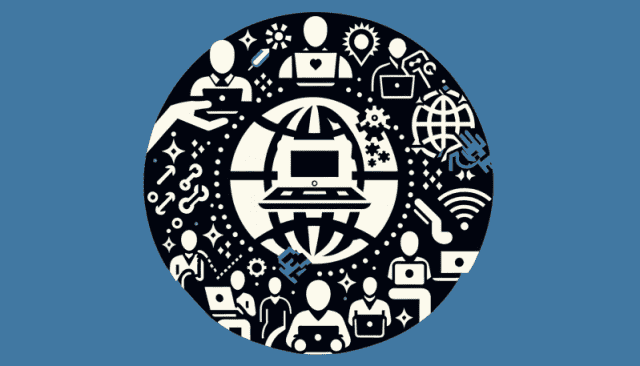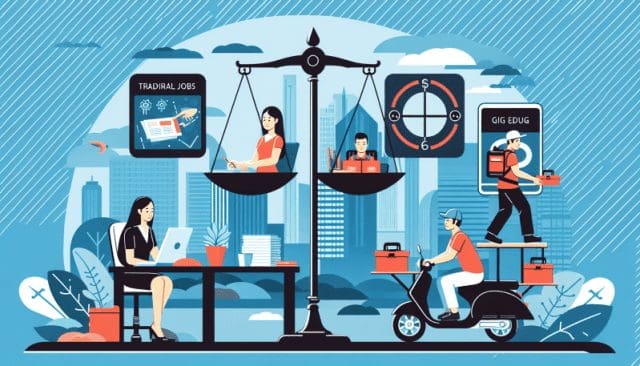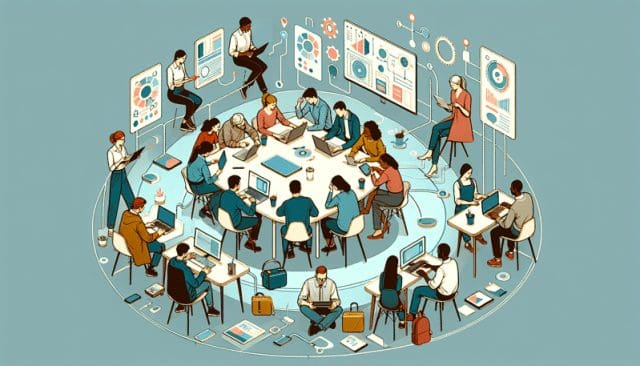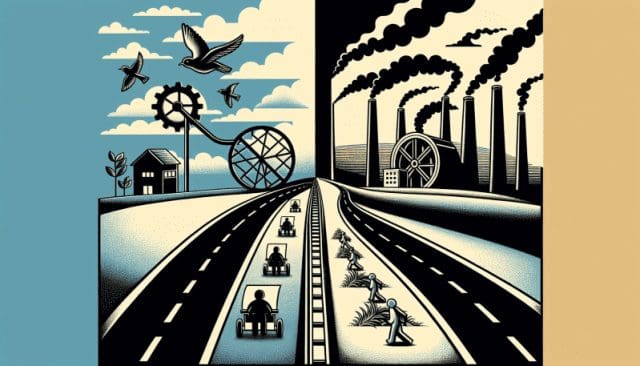Workplace Diversity in New York: Beyond the Checkbox
In the bustling metropolis of New York, a mosaic of cultures, ideas, and perspectives converge to create a microcosm of the world at large. The city’s businesses boast a tapestry of employees from different backgrounds, but the question remains: are these companies truly embracing diversity, or simply ticking a box to satisfy a quota?
At The Work Times, we’ve delved into the heart of the Big Apple’s professional landscape to examine how workplace diversity correlates with company performance and culture. Our investigation reveals a spectrum of approaches, with some businesses setting benchmarks for inclusion, while others lag behind, ensnared by performative measures that fail to instigate real change.
Case studies from various industries illustrate the disparities. A tech startup in Brooklyn showcases a vibrant workforce where diversity drives innovation. In contrast, a finance firm in Manhattan demonstrates minimal efforts, with diversity confined to entry-level positions and little representation at the executive level. These examples highlight that diversity isn’t merely about numbers; it’s about fostering environments where diverse talents can ascend to all company strata.
Barriers to diversity in this urban landscape are multifaceted. Unseen biases in recruitment, promotion disparities, and a lack of support structures often hinder true inclusivity. Furthermore, a disconnection between diversity initiatives and company culture can create a rift where employees feel inclusion efforts are disingenuous.
To transcend these barriers, New York businesses are adopting initiatives that reflect genuine commitment. These range from unconscious bias training programs to mentorship opportunities aimed at underrepresented groups. Companies are also engaging with community outreach programs and partnerships with organizations that promote diversity and inclusion.
Moving forward, for a company to foster authentic diversity, it must mirror the city’s own diversity. This means developing a corporate culture that not only welcomes but celebrates differences. It involves creating pathways for diverse talent to thrive, ensuring representation at all levels, and weaving inclusivity into the fabric of everyday business operations.
At The Work Times, we propose a multifaceted strategy for New York companies to enhance their diversity initiatives:
– Conduct thorough audits of existing policies and practices to identify areas needing improvement.
– Implement inclusive hiring practices that go beyond traditional recruitment channels.
– Provide continuous education and training for all employees to cultivate an inclusive mindset.
– Establish mentoring and sponsorship programs to empower underrepresented groups within the company.
– Create transparency around career progression and promotion processes to ensure fair advancement opportunities.
By integrating these practices, businesses can not only meet the checkbox of diversity but can build a foundation for sustained growth, innovation, and a workplace culture that resonates with the diverse readership of The Work Times, and beyond.
It’s time for New York companies to move beyond performative diversity and embrace the true spirit of what makes this city great: its people. By doing so, they not only contribute to a more equitable society but also unlock the potential of their workforce, harnessing the power of diversity to fuel success in an ever-evolving global marketplace.































